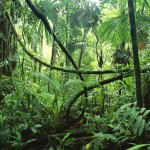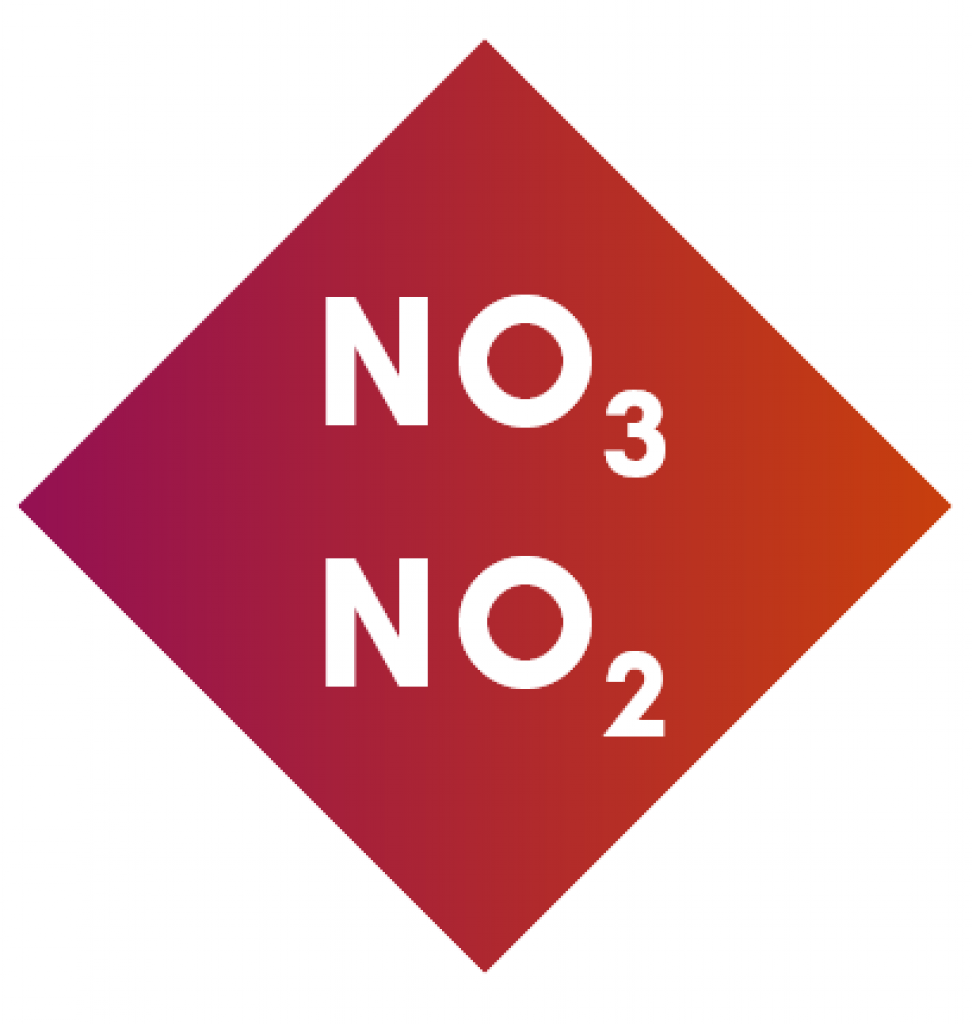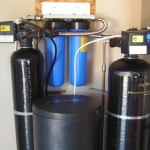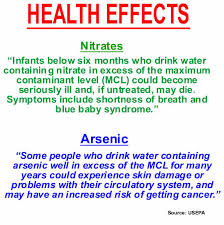Nitrates are Not a Bay Area concern, except in Agricultural area’s such as Gilroy, Salinas, Watsonville, or Sonoma. This contaminant is a Major Concern within the Central Valley of California. You Don’t want to Drink Nitrates but showering is okay.
-
The Reverse Osmosis System offered by City Water Filter will remove 90% of Nitrate. We also offer a Whole House Nitrate Tank when the concentration is too high for the Reverse Osmosis System.
-
The new government standard is 10 parts per million for drinking.
Most crop plants require large quantities to sustain high yields.
 The formation of nitrates is an integral part of the nitrogen cycle in our environment. In moderate amounts, nitrate is a harmless constituent of food and water. Plants use nitrates from the soil to satisfy nutrient requirements and may accumulate nitrate in their leaves and stems. Nitrate and nitrite are naturally occurring inorganic ions which make up part of the nitrogen cycle. Due to its high mobility, nitrate also can leach into groundwater.
The formation of nitrates is an integral part of the nitrogen cycle in our environment. In moderate amounts, nitrate is a harmless constituent of food and water. Plants use nitrates from the soil to satisfy nutrient requirements and may accumulate nitrate in their leaves and stems. Nitrate and nitrite are naturally occurring inorganic ions which make up part of the nitrogen cycle. Due to its high mobility, nitrate also can leach into groundwater.
Common sources of nitrate include:
- fertilizers and manure,
- animal feedlots,
- municipal wastewater and sludge,
- septic systems, and
- N-fixation from atmosphere by legumes, bacteria and lightning
.
LEARN MORE ABOUT NITRATES:
Nitrate is a colorless, odorless, and tasteless compound that is present in some groundwater.
- Other symptoms of Methemoglobinemia include Headache, Fatigue, Shortness of breath, Lack of energy.
There is no evidence that nitrate or nitrite causes cancer in laboratory animals or humans. Studies have shown that diets lacking dietary fiber and including foods with high levels of nitrate and nitrite such as smoked meats, may promote stomach cancers.
There have not been many studies which look at the effect of nitrate and nitrite on pregnancy or on the normal development of a fetus. Some studies of laboratory animals, where nitrate/nitrite levels are very high, have found a potential negative impact on reproductive and developmental systems.
What is the Maximum Contaminant Level (MCL) for nitrate in drinking water?
The MCLs are 45 milligrams per liter (mg/L) for nitrate as NO3 (equivalent to 10 mg/L for nitrate as nitrogen or “N”); 10 mg/L for nitrate plus nitrite as N; and 1 mg/L for nitrite as N. In other words: 10 parts per million is allowed.
Solution:



